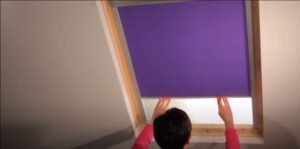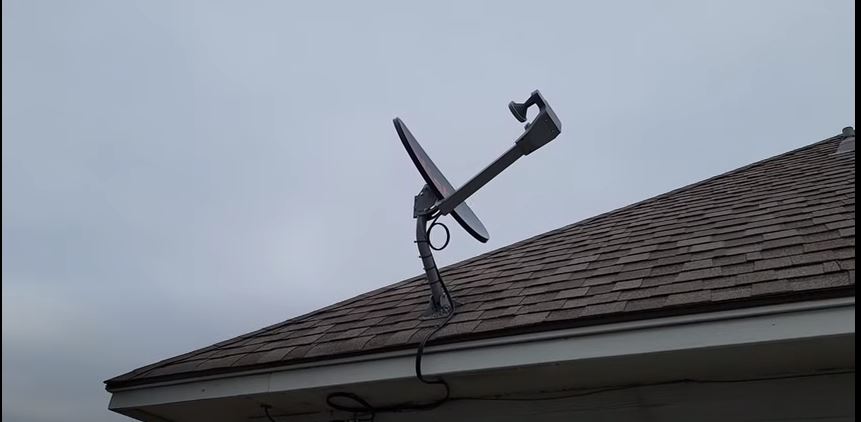Skylights are an excellent addition to modern homes. They allow natural light to enter the home, making it feel more spacious and comfortable. However, there are times when you may want to control the amount of light that enters your home through the skylight. This is where a skylight blind comes in handy. In this article, we will answer the question, “Can I install a roof-mounted skylight blind on my Australian home?” We will explore the different types of skylight blinds available, the benefits of installing a skylight blind, and the installation process.
Types of Skylight Blinds
There are several types of skylight blinds available on the market. Each type has its own style and functionality. The most popular types include roller blinds, pleated blinds, and venetian blinds.
- Roller blinds are the most common type of skylight blinds. They are made of a single piece of fabric attached to a roller mechanism. When you want to block out the light, you pull the fabric down over the skylight.
- Pleated blinds are similar to roller blinds but have a more decorative appearance. They are made of pleated fabric that folds like an accordion when you pull it down.
- Venetian blinds are made of slats that can be tilted to control the amount of light that enters the room. They are less common for skylights due to their complex installation process.
Benefits of Installing a Skylight Blind
Light Control: The primary benefit of installing a skylight blind is the ability to control the amount of light entering the room. This is particularly useful for bedrooms and living areas where you may want to reduce the amount of light in the mornings or evenings.
Energy Efficiency: Skylight blinds can help improve your home’s energy efficiency by reducing the amount of heat that enters the room during hot summer days. This means your air conditioning system won’t have to work as hard to keep the room cool.
UV Protection: Skylight blinds can also help protect your furniture and carpets from fading due to exposure to harmful UV rays.
Installation Process
The installation process for a skylight blind will vary depending on the type of skylight and blind you choose. However, the general steps are as follows:
- Measure the skylight: The first step is to measure the size of your skylight accurately. This will help you determine the size of the blind you need to purchase.
- Choose the Blind: Once you have measured your skylight, select the type of blind you want to install. Consider factors such as light control, energy efficiency, and UV protection when making your selection.
- Install the Brackets: The next step is to install the brackets that will hold the blind in place. Follow the manufacturer’s instructions carefully to ensure the brackets are installed correctly.
- Attach the Blind: Once the brackets are in place, attach the blind to the brackets. Make sure it is secured tightly and operates smoothly.
- Test the Blind: Test the blind to make sure it operates correctly. Open and close it a few times to ensure it moves smoothly.
Recommended Slope for Tile Roofs in Australia
 It is important to note that skylights are typically installed on tile roofs. The recommended slope for tile roofs in Australia is between 15 and 30 degrees. If the slope is less than 15 degrees, water can accumulate on the roof, leading to leaks and damage. On the other hand, if the slope is greater than 30 degrees, the tiles may become unstable and prone to sliding.
It is important to note that skylights are typically installed on tile roofs. The recommended slope for tile roofs in Australia is between 15 and 30 degrees. If the slope is less than 15 degrees, water can accumulate on the roof, leading to leaks and damage. On the other hand, if the slope is greater than 30 degrees, the tiles may become unstable and prone to sliding.
Conclusion
Installing a skylight blind can be an excellent addition to your home, offering light control, energy efficiency, and UV protection. There are several types of skylight blinds available, each with its own style and functionality. The installation process will vary depending on the type of skylight and blind you choose. It is essential to follow the manufacturer’s instructions carefully to ensure the blind is installed correctly. Finally, it is important to note that skylights are typically installed on tile roofs in Australia, and the recommended slope for tile roofs is between 15 and 30 degrees.



